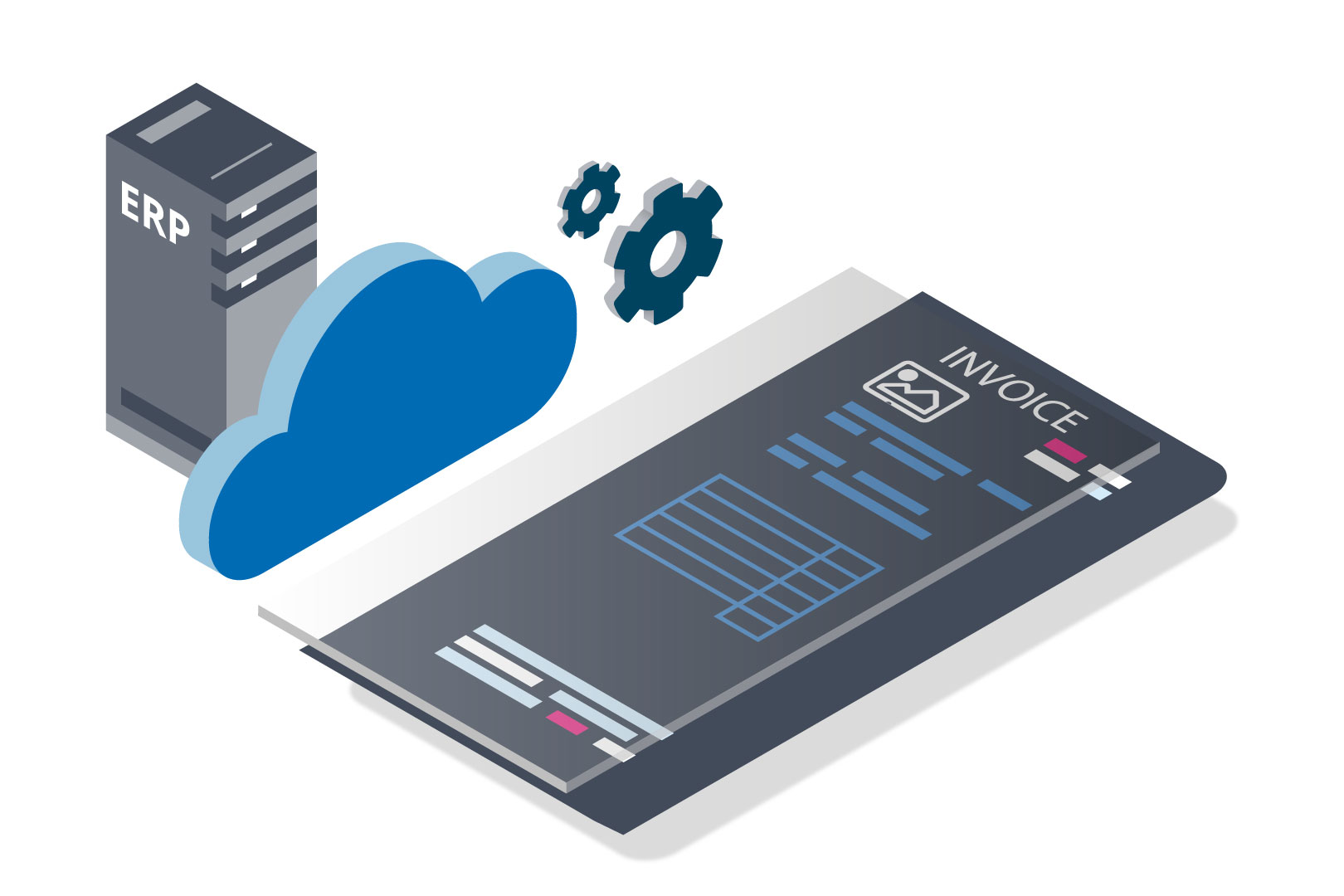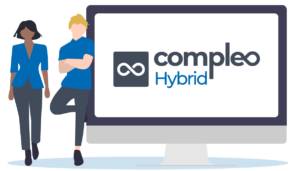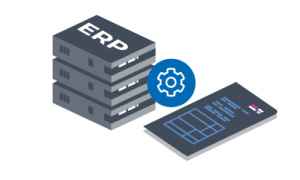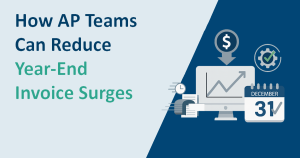Reading time – 3 min
The Problem
A staggering amount of companies experience manual data entry and incompetent Accounts Payable (AP) processes as crucial pain points.
Errors, duplicate invoices, unmatched purchase orders, and more waste time and valuable resources. Furthermore, these inefficiencies can impact an organization’s bottom line due to inaccurate payments.
Ineffective Accounts Payable processes can also weaken supplier relationships. Supplier and trade partners are often essential to an organization’s daily execution and delivery, with many dependent on their supplier network for much-needed goods and services.
A typical Accounts Payable process involves capturing invoices, assigning them to the relevant cost center, and matching them against purchase orders, approvals, and payments. Accounts Payable Automation automates this entire process for a faster, more accurate, and seamless operation that’s easier to use.
The Solution
Finally, integration with existing ERP and/or accounting systems provides access to real-time, accurate, and holistic financial data.
Simply put, Accounts Payable Invoice Automation (APIA) is the automation of an organization’s entire inbound invoice process (regardless of the volume of invoices or financial transactions). Its essential function is to extract data from an invoice and map it into the ERP system of choice. This incorporates information such as purchase amounts, quantities, and vendor names. Invoices are then forwarded to the correct recipients for review and approval.
APIA offers several advantages. First, it eliminates unnecessary backlogs and the chance of human error while optimizing a company’s DPO (days payable outstanding). It also guarantees that each invoice is delivered and managed on time. This can result in greater trust and supplier confidence, leading to a more cost-effective Accounts Payable process with quicker turnaround times.
Getting it Right
The right technology is key.
Your chosen APIA solution needs to allow for:
- Seamless integration with your existing Accounts Payable process
- Improved inbound invoice traceability and auditability
- Security and performance compatibility
- Easy addition of workflows to your current AP process
- Easy method for suppliers to submit their invoices and follow their status.
The right solution can help supplier ease of use by providing multiple ways for them to submit their respective invoices in their preferred format, thereby further strengthening supplier relationships.
It should also not require any change to existing Accounts Payable technology or processes. The use of Software as a Service (SaaS) technologies, together with certified ERP connectors and Application Programming Interface (API)—a software intermediary that allows two applications to talk to each other)—makes it possible to integrate into existing Accounts Payable processes. Because of this, you can deliver inbound invoices directly into your APIA system.
Security is Key
Login authentication and document encryption are vital to securing business document interchanges. In addition, any action taken on an inbound invoice must be registered and stored. This ensures traceability and paves the way for an audit trail. What’s more, every inbound invoice, valid or invalid, carries embedded metadata within it. This metadata can be used within an Accounts Payable workflow and even sent back to your ERP or business system, where your employees can easily find important information.
Organizations are increasingly turning to process automation and digitization for improvement. APIA is no different and can often be the catalyst for further digitization within other departments. By creating efficient and effective automated processes, APIA allows you to free up Accounts Payable resources to focus on high-value activities. Critically, it guarantees complete Accounts Payable data integrity and improves transparency for better supplier engagement and management.
SYMTRAX
Symtrax helps your business transition towards the digital future you envision and need! The combined effort of multiple technologies able to work together, albeit on disparate systems, is what truly contributes to an effective (and holistic) digital transformation.
Our document management services use automation to help reduce manual dependencies, making data management easier for both cloud and on-premises systems.





